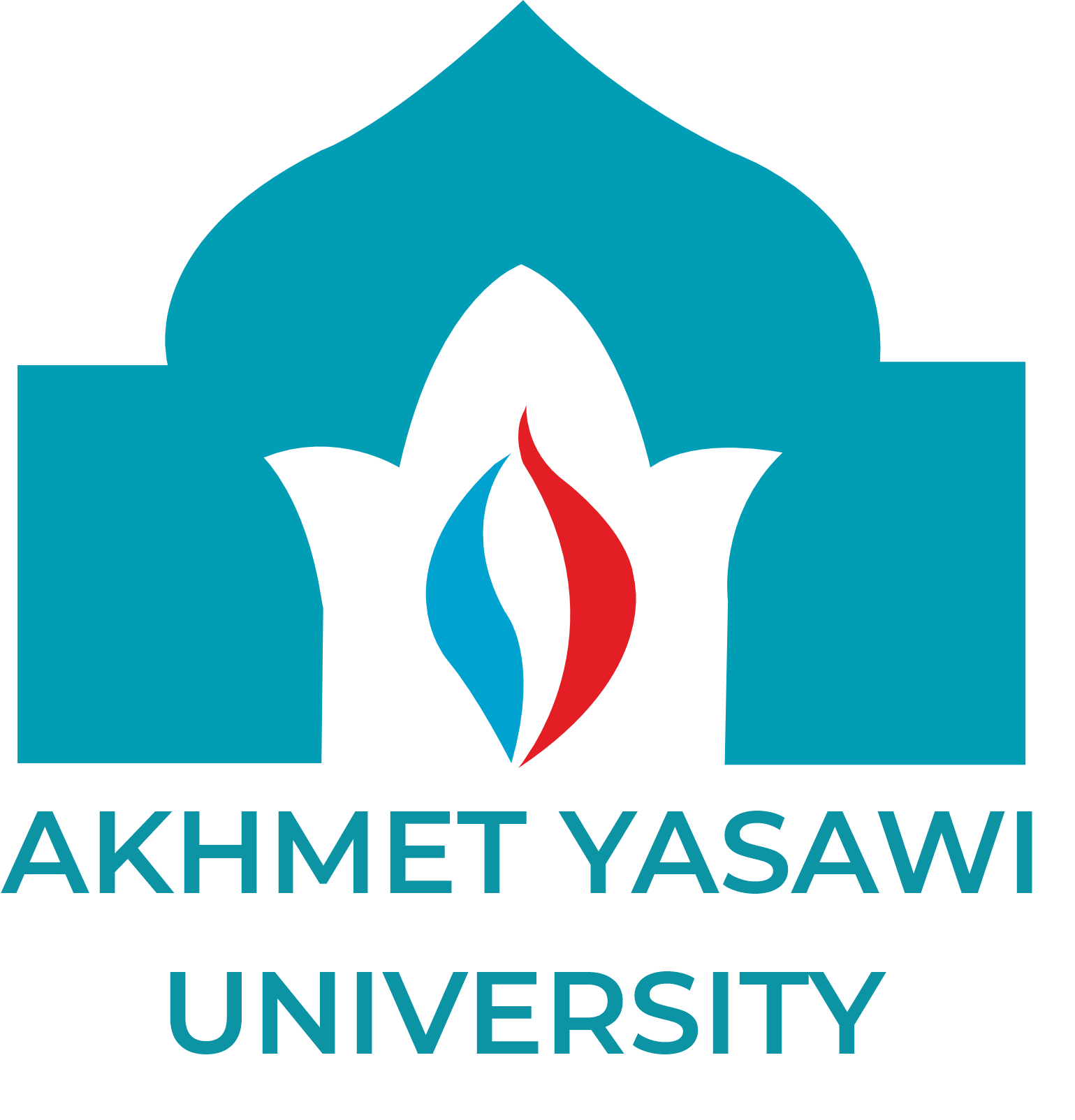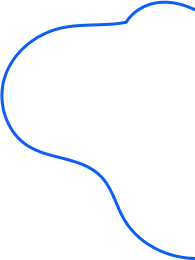
ALMATI
Almaty, the most developed and largest city of Kazakhstan, stands out with its natural beauties and cosmopolitan structure.
How to get to Almaty?
Almaty can be reached by bus, train and plane from Turkestan.
Transport by Bus:
Buses depart from the bus station in the Intımak region of Turkestan. The bus journey takes about 12 hours and ticket prices vary between 3500-4000 Kazakh tenges.
Transport by Train:
Kazakhstan has a very developed railway network. Turkestan city is also an important railway junction due to its location. Travelling to Almaty by train is especially preferred in winter months. The train journey varies according to the type of train for which a ticket is purchased and the journey time varies between 12 and 18 hours. Train tickets can be purchased from the website of Kazakhstan Railways or from railway ticket sales offices.
Travelling by plane:
There are flights from Turkestan city to Almaty from Turkestan International Airport. It is also possible to reach Almaty by air from Shymkent International Airport, which is about 150 km. away from Turkestan. Flight tickets can be obtained from the websites of airline companies or ticket sales offices in Turkestan. Scat Airlines, Air Astana and FlyArystan companies are generally preferred for domestic flights throughout Kazakhstan.
Getting to Almaty City Centre
Train stations and bus station are located close to the city centre in Almaty. Taxis and buses can be preferred to reach the city centre from here. There are many taxis at the bus station and railway station exits, but if you use the Yandeks Taxi application, you can travel in a more affordable and safe way. The average cost of a taxi from the airport to the city centre is 2,500-4,000 Kazakh tenges.
Almaty Airport is approximately 18 km from the city centre. You can get from Almaty Airport to the city centre by buses and taxi. It is possible to reach the city centre from the airport by buses numbered 79 and 3 departing from the bus stop located at the exit of the arrival terminal. The ticket price of the buses is 80 Kazakh tenges. Bus number 79 runs every 6 minutes between 05.00-22.30. Bus number 3 runs every 45 minutes between 22.00-06.00. The journey between the airport and the city centre takes approximately 30 minutes.
City Transport
Urban transport in Almaty is provided by bus, metro and taxis. Information about the routes and times of bus services can be obtained from www.alatransit.kz. The metro consists of 8 stations and serves between 06.00 and 24.00.
Places to visit
Almaty is home to many natural beauties close to the city centre, as well as numerous green spaces and parks.
Central State Museum of the Republic of Kazakhstan: The Central State Museum of the Republic of Kazakhstan is Almaty's most visited museum and houses interesting exhibitions on topics ranging from prehistoric times to modern Kazakhstan. The museum is one of the largest in Central Asia and is open from 9.30-17.30.
Root Bazar (Green Market): Kök Bazar on Zenkov Street in Almaty is a landmark of Almaty and also a tourist centre. This market, which has a history of more than a hundred years, has a wide range of products ranging from food products to clothing and furniture. An authentic bazaar with a modern touch, Kök Bazar is like a museum of Kazakhstan's commercial culture.
Medeu Medeu is a sports complex located near Almaty, 1691 metres above sea level. It is also the world's highest altitude ice rink. Surrounded by the Alatau Mountains, Medeu attracts visitors with its beautiful scenery and pleasant atmosphere.
Shymbulak Ski Centre: Shymbulak Ski Resort, 30 minutes from the city centre, attracts visitors in summer and winter seasons. Shymbulak, a popular holiday destination throughout Kazakhstan, also welcomes many foreign visitors throughout the year.
Panfilov Park Popularly known as the 28 Panfilov Guards Park, it is a city park located in the area surrounding the Zenkov Cathedral in Almaty. It is dedicated to and named after 28 soldiers of the Alma-Ata Infantry unit who lost their lives defending Moscow from German occupation during the Second World War. The group was named after Ivan Panfilov, a commander who, despite heavy losses, managed to significantly delay the German advance on Moscow, thus buying time for the city's defence. In the park, there is a statue dedicated to the Soviet soldiers who lost their lives in the war and a fire in front of the statue, which is constantly burning to keep their memory alive.
Zenkov Cathedral : It is a Russian Orthodox cathedral located in Panfilov Park in Almaty, Kazakhstan. Completed in 1907, the cathedral was built of wood and without using any nails. The cathedral, which is 56 metres high, is known as the second tallest wooden building in the world. Zenkov Cathedral, which attracts attention with its colourful exterior, is open to visitors outside of worship hours.
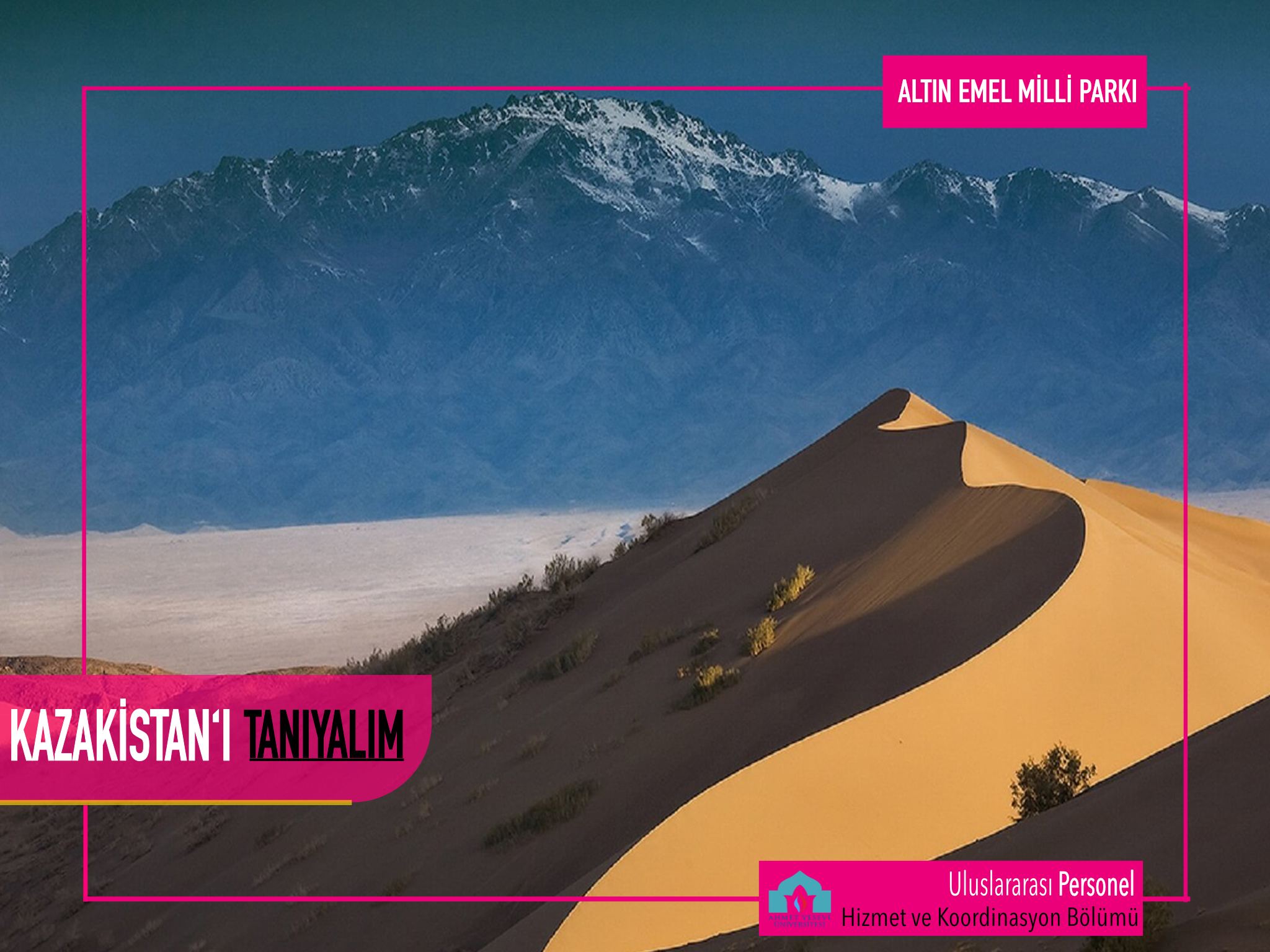
GOLDEN EMEL NATIONAL PARK
Golden Emel National Park is a national park located in Almaty Province of Kazakhstan. It was established in 1996. Golden Emel National Park is one of the largest national parks in Kazakhstan and includes sand dunes, burial mounds and ancient rock carvings. One of the most remarkable aspects of the park is the sand dunes. This region is called "Shan Dunes" because of the sound emanating from the sands here.
Located 245 km from Almaty, the 300 km long road passing through this national park offers its visitors magnificent natural landscapes consisting of deserts, river valleys and vast steppes. Since the Golden Emel National Park is located far from Almaty and is very large, it is better to buy a tour from a tour agency and visit it with a guide.
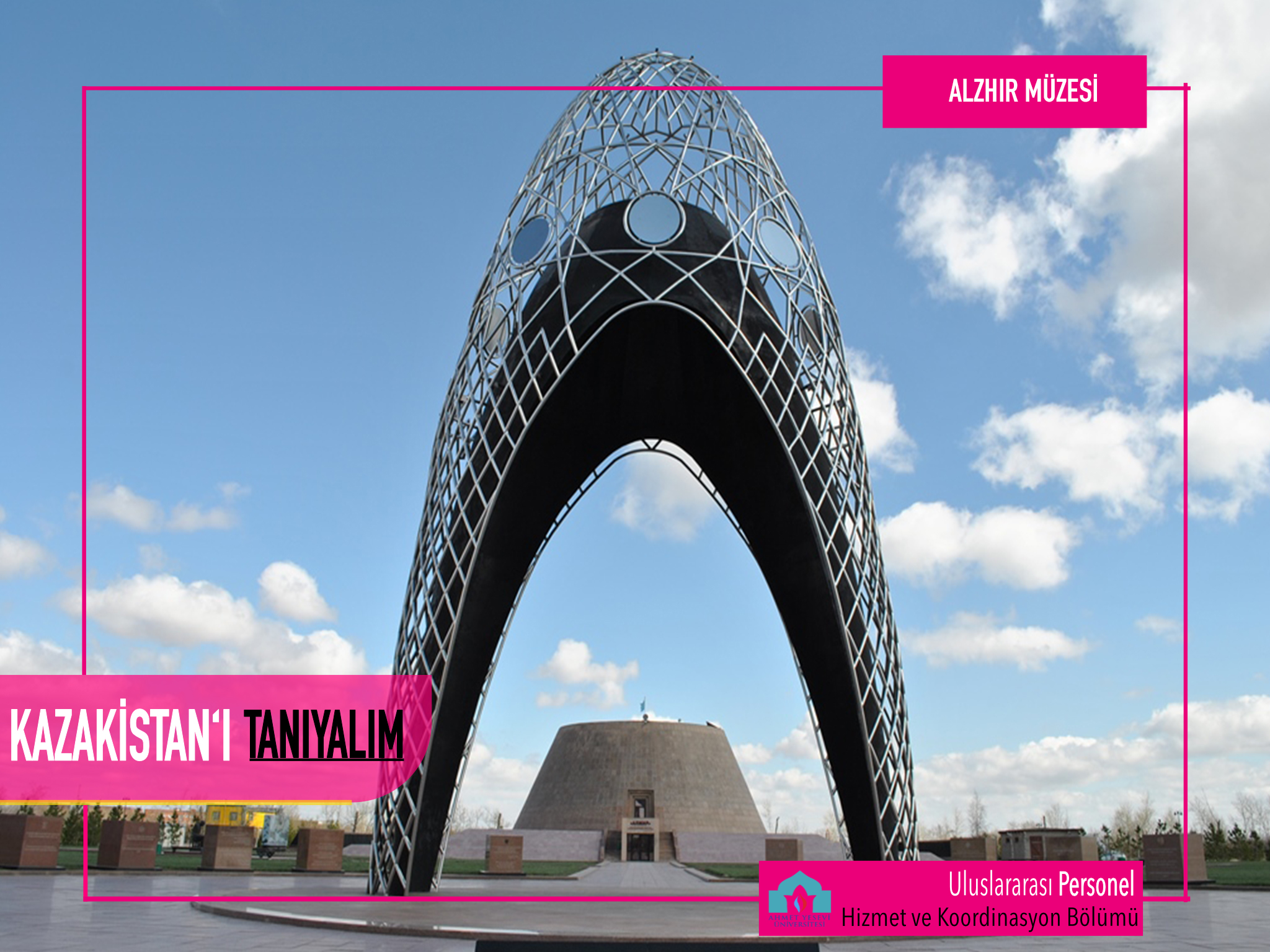
ALZHIR MUSEUM
The brutal regime of the Stalin era, full of repression and violence, imprisoned many innocent people on the grounds of treason and eliminated them with inhuman methods. During this period, the punishment of a person on the charge of treason also meant the punishment of family members. Therefore, many innocent women and children were forcibly deported to concentration camps. Today, in Akmola, Kazakhstan, there is a labour camp from that dark period. In this camp, known as ALZHIR, thousands of women and children, as well as babies, were imprisoned.
The name ALZHIR is the Russian acronym for "Akmola Concentration Camp for the Wives of Traitors". What remains of the camp is now a museum dedicated to the victims of political repression and totalitarian regime under Stalin. The ALZHIR Museum is located about 43 km from the capital Nur-Sultan.
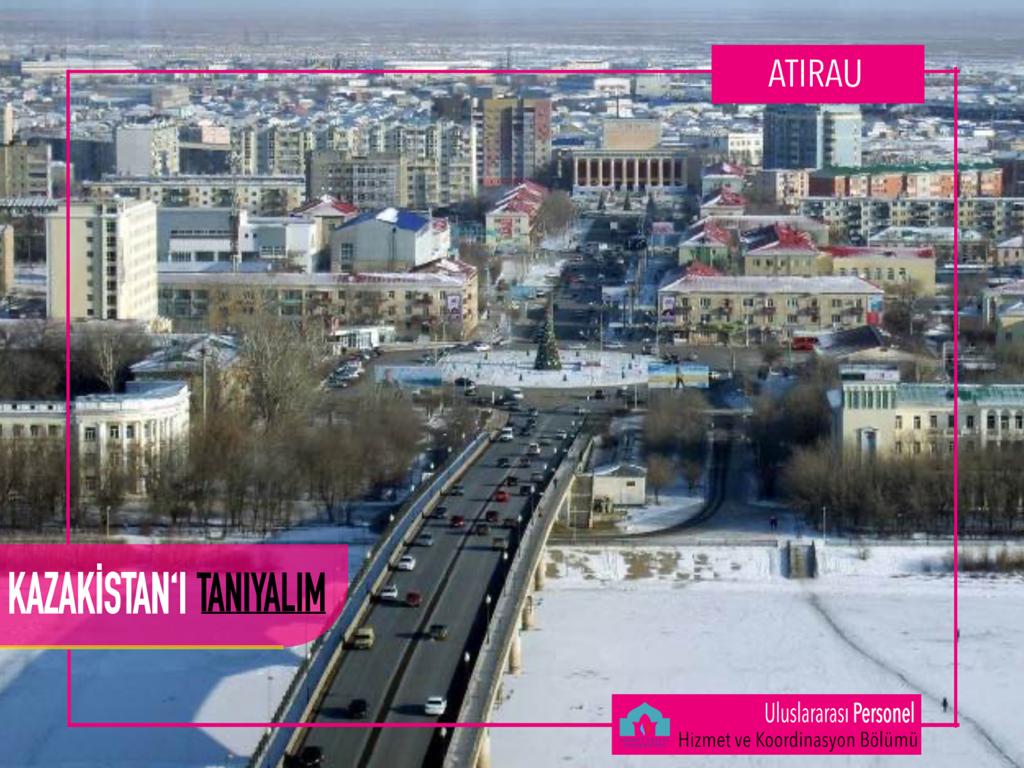
ATIRAU
Situated on the shores of the Caspian Sea and the delta of the Ural River, Atyrau is the main port city of Kazakhstan. The city of Atyrau is located about 20 metres below sea level. The Ural River flows through the centre of the city. Since the Ural River is considered the border between Europe and Asia, it is a city located in both Asia and Europe. The city of Atyrau is the capital of Atyrau Province and the largest city in the state. Fishing and petrochemical industry are highly developed in the city. Atyrau has important oil deposits of Kazakhstan and therefore has an important place in the economy of Kazakhstan.
Getting to Atyrau: There are direct flights to Atyrau from Istanbul. There are also domestic flights to Atyrau from Turkistan and Shymkent Airports. The necessary information can be found on the websites of the airlines. Atyrau Airport is located 10 km from the city centre.
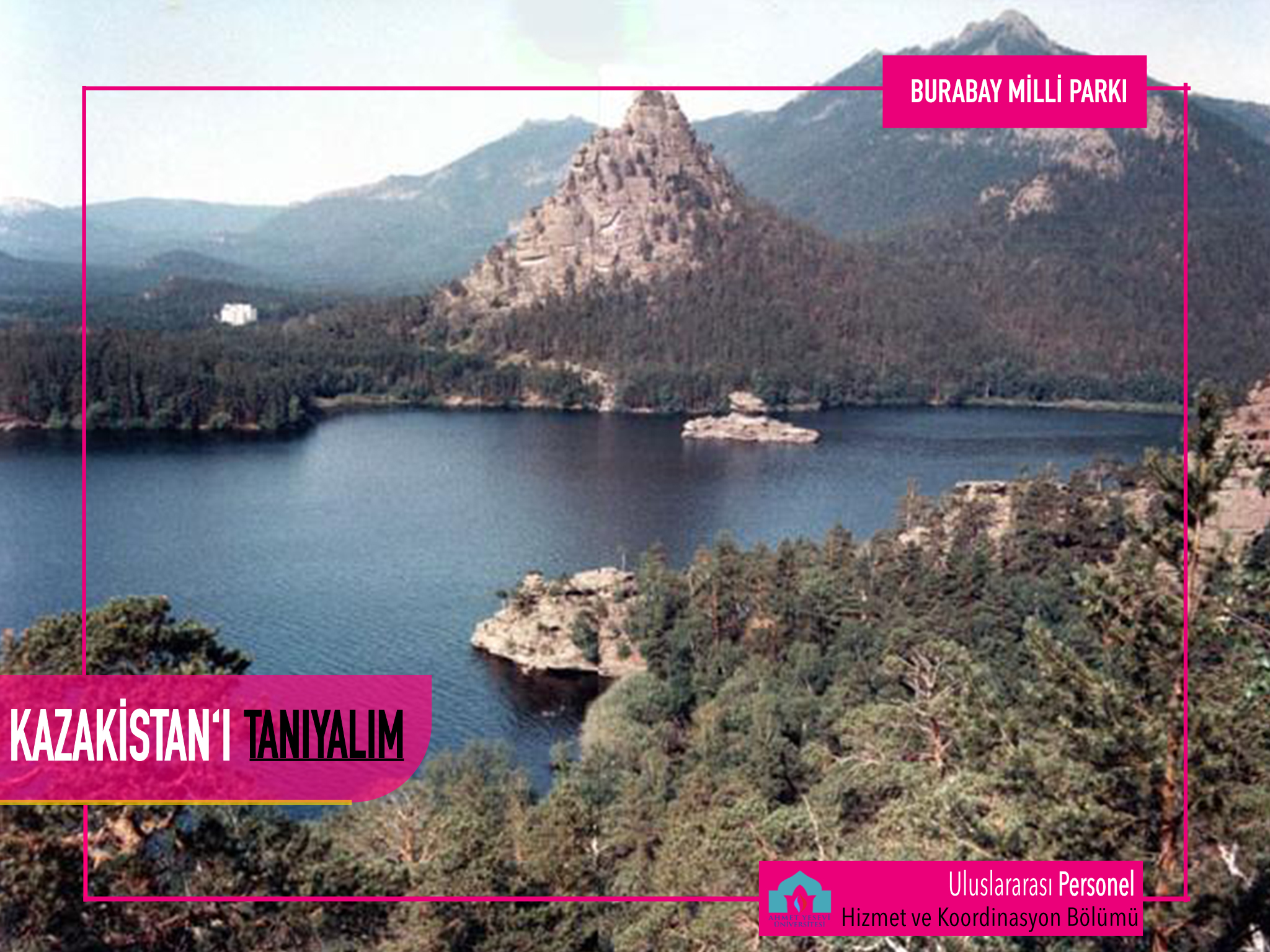
BURABAY NATIONAL PARK
Burabay National Park is a natural park located in the region called Burabay in Akmola Province of Kazakhstan. It impresses its visitors with its unspoilt nature, as the first steps were taken in 1898 in order to protect the natural area in the region and since then it has been considered a natural area of national importance. The best time of the year to visit Burabay National Park, which is home to many endangered and protected species, is between April and September.
There are 14 lakes in the park surrounded by mountains and evergreen forests. Hiking, climbing, swimming in the lakes, boating and other outdoor activities can be done in the park. To get to know the nomadic culture better, you can also visit a tourist centre with a yurt village and the Botai-Burabay Museum. Burabay National Park can be reached by bus or taxi from the capital Nur-Sultan. As it is a touristic place, accommodation options in the region are quite rich and participation in tours including accommodation and transportation from travel agencies in Nur-Sultan is highly preferred.
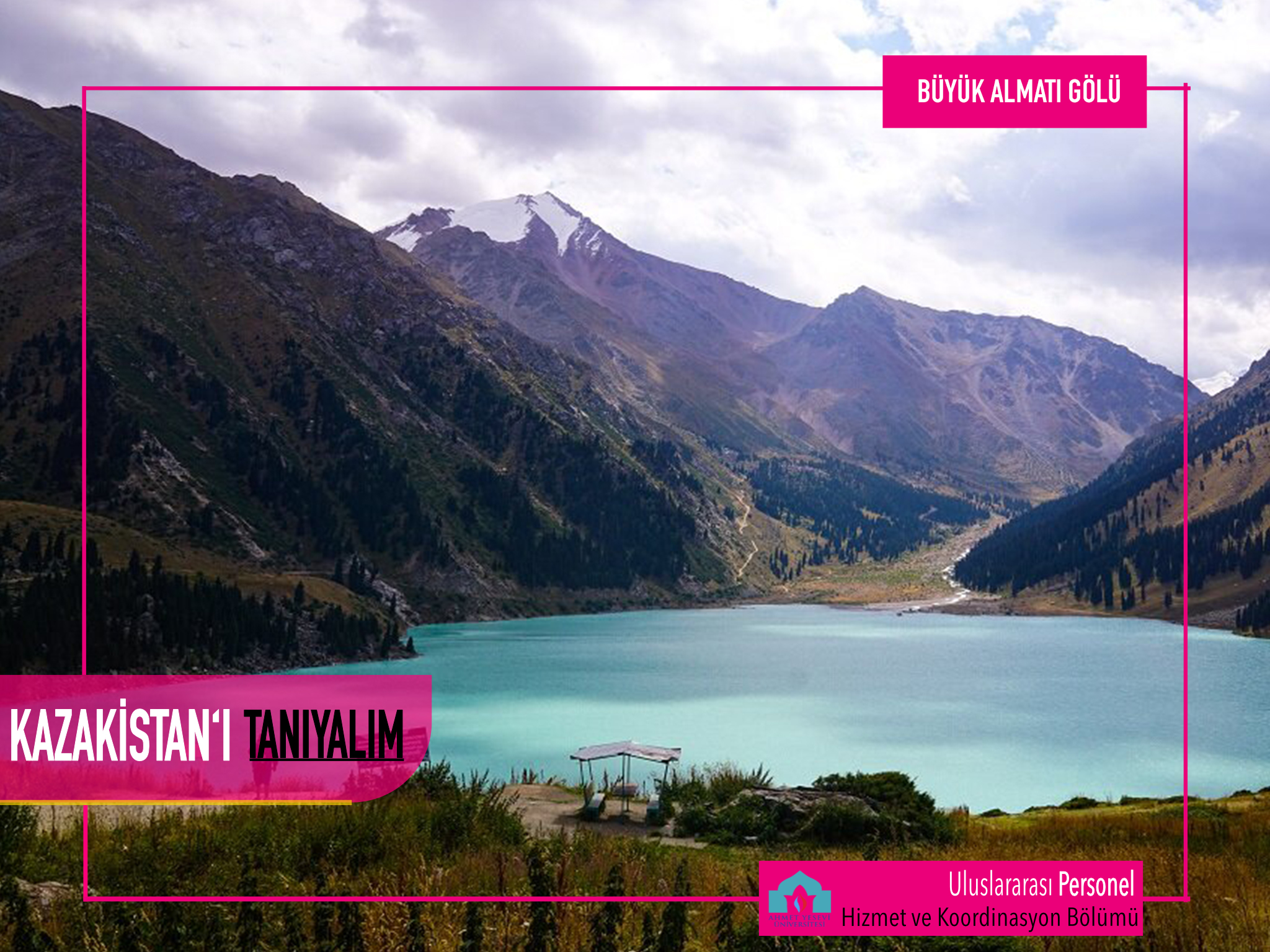
GREAT ALMATI LAKE
Big Almaty Lake, located 15 km from Almaty, is one of the favourite places of residents and tourists of the city. This lake, formed as a result of an earthquake, has a depth of 30-40 metres. The colour of the lake, which attracts attention with its impressive view, turns turquoise blue in good weather and grey in rainy weather, depending on the time of year and even the time of day.
Since Great Almaty Lake is one of the city's drinking water sources, it is forbidden to approach the shoreline and enter the lake. It is possible to get here from Almaty by taxis or rented minibuses. When travelling to Great Almaty Lake, it should be noted that the temperature will be lower than in Almaty due to the height difference. It is possible to find open cafes and kiosks around the lake depending on the period of visit.
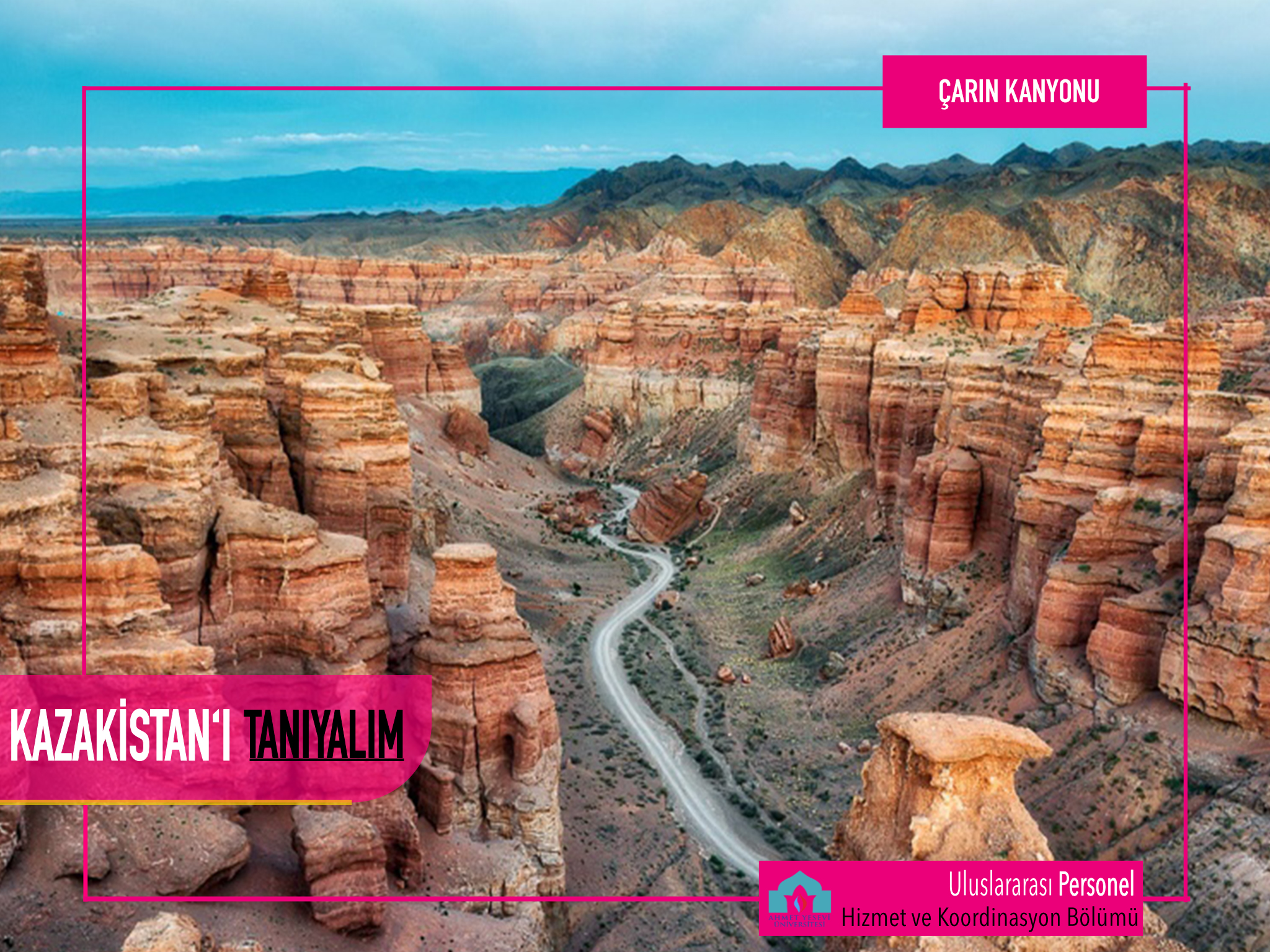
CARIN CANYON
Tsarin Canyon is a natural wonder located 200 km from Almaty and is known as the second largest canyon in the world. Attracting tourists with its impressive view, many endangered species also live in the region. It is possible to visit the castles area of the canyon, which is 90 km long and about 3 km long, by car, horse or on foot.
Although the roads leading to the region from Almaty city are suitable for private vehicle transportation, it will be more convenient to reach the region with tours from any travel agency in Almaty. The prices of the tours vary between 5,000 Kazakh tenges and 10,000 Kazakh tenges per person depending on the service provided.
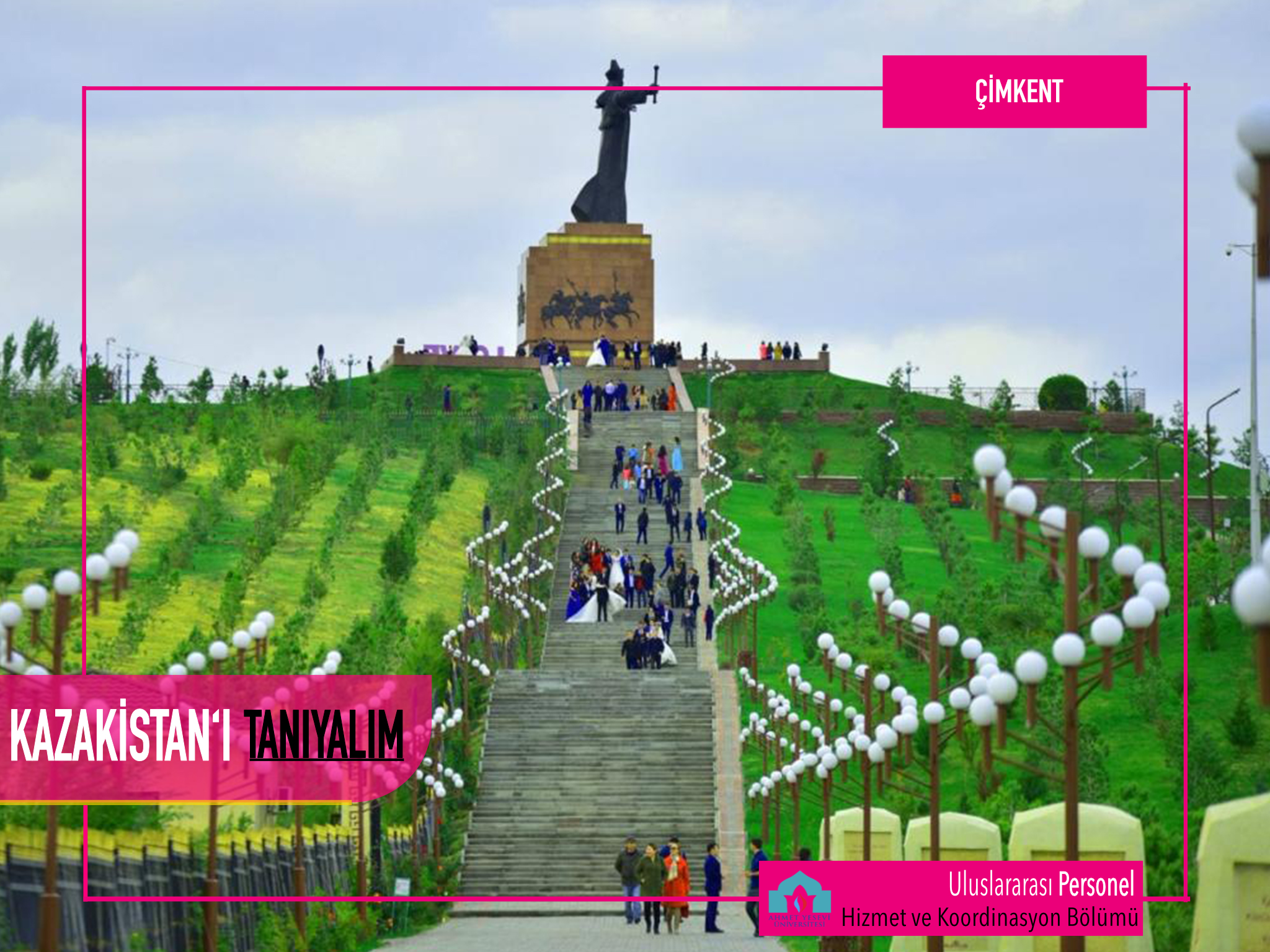
ÇİMKENT
Shymkent is the 3rd largest city in Kazakhstan and the largest city located near Turkestan Province. Located 150 km from Turkestan, Shymkent is one of the most important megacities of Kazakhstan. Known as a city that has been developing on the Great Silk Road since ancient times, Shymkent has the appearance of a city where trade and social activities are intensively experienced today. It has a milder climate than other regions of Kazakhstan. In the city, which has the appearance of an oasis on the steppe, there are many large parks and restaurants where you can taste local flavours with rich menus. It is possible to reach Shymkent from Turkestan by taxis or minibuses. The fare for minibuses departing from Turkestan bazaar and bus station is 1200 Kazakh tenges, and if you go by taxi, the fare for one person varies between 2000-3000 Kazakh tenges.
Places to visit in Shymkent:
Dendro Park: Dendro Park, which is extremely suitable for getting away from the chaos of city life and being in touch with nature, was opened in 1979. Since then, the park, which has a pond and walking paths, is one of the places frequently visited by city dwellers. Entrance to the park is paid and the entrance fee is 200 Kazakh tenges.
Baydibek Bi Monument : Baidibek Bi Monument, located in the northern part of Shymkent, is the highest monument in the country. Baidibek Karashauly is an important historical figure of Kazakhstan. The height of the statue together with the pedestal is 23 metres and the statue itself is 10 metres high. Baidibek Bi, who is famous for his wisdom, honesty and oratory skills in the history of Kazakhstan, is depicted in this monument with his arms extended to the sky, emphasising pure thoughts and honesty.
Mother Jer Monument and Independence Park of the Republic of Kazakhstan: Located in the centre of Shymkent, Ordabasy Square is the place where in the 18th century the three factions signed an agreement for unification. Today, a 34-metre-high monument to Mother Jer has been erected on this site. At the top of the monument is a female figure symbolising Mother Earth. Immediately behind the Mother Jer Monument is the Independence Park of the Republic of Kazakhstan. The park, which is organised in a way to introduce the milestones and important personalities of the history of Kazakhstan to its visitors, is one of the frequented places of Shymkent.
Sayram: Sayram is one of the oldest settlements in the Maveraunnehir region. Sayram was one of the important cities on the Silk Road connecting east and west. Sayram is a very important place in terms of faith tourism in Kazakhstan. The mausoleums of Ibrahim Ata (father of Khoja Ahmed Yesevi) and Mother Karashash in Sayram attract many visitors. Those who come from other cities to visit the Mausoleum of Khoja Ahmed Yesevi in Turkestan are sure to visit these mausoleums.
Ibrahim Ata Mausoleum: It is located in the north-western part of Sayram on the road to Aksu village. It was built on the grave of Sheikh Ibrahim, the father of Khoja Ahmed Yassawi. It is one of the oldest examples of domed tombs built in the Middle Ages.
Karashash Mother Mausoleum: The Mausoleum of Mother Karashash is located in the centre of Sayram. The real name of Mother Karashash is Aisha-Bibi. She is the mother of Khoja Ahmed Yassawi.
Boralday Petroglyphs: 70 km north of Shymkent, near the Boralday River, there are a number of petroglyphs dating from the Bronze and Iron ages. These rock paintings depict mountain goats, deer, horses, hunting scenes and tamgas.
Ak Meşit Cave: Ak Meshit Cave is located 80 km north of Shymkent. It is 150 metres long, 65 metres wide and 30 metres high. The air temperature inside the cave stays between 9-15 degrees in summer and winter. There is also a grove of mulberry trees inside the cave.
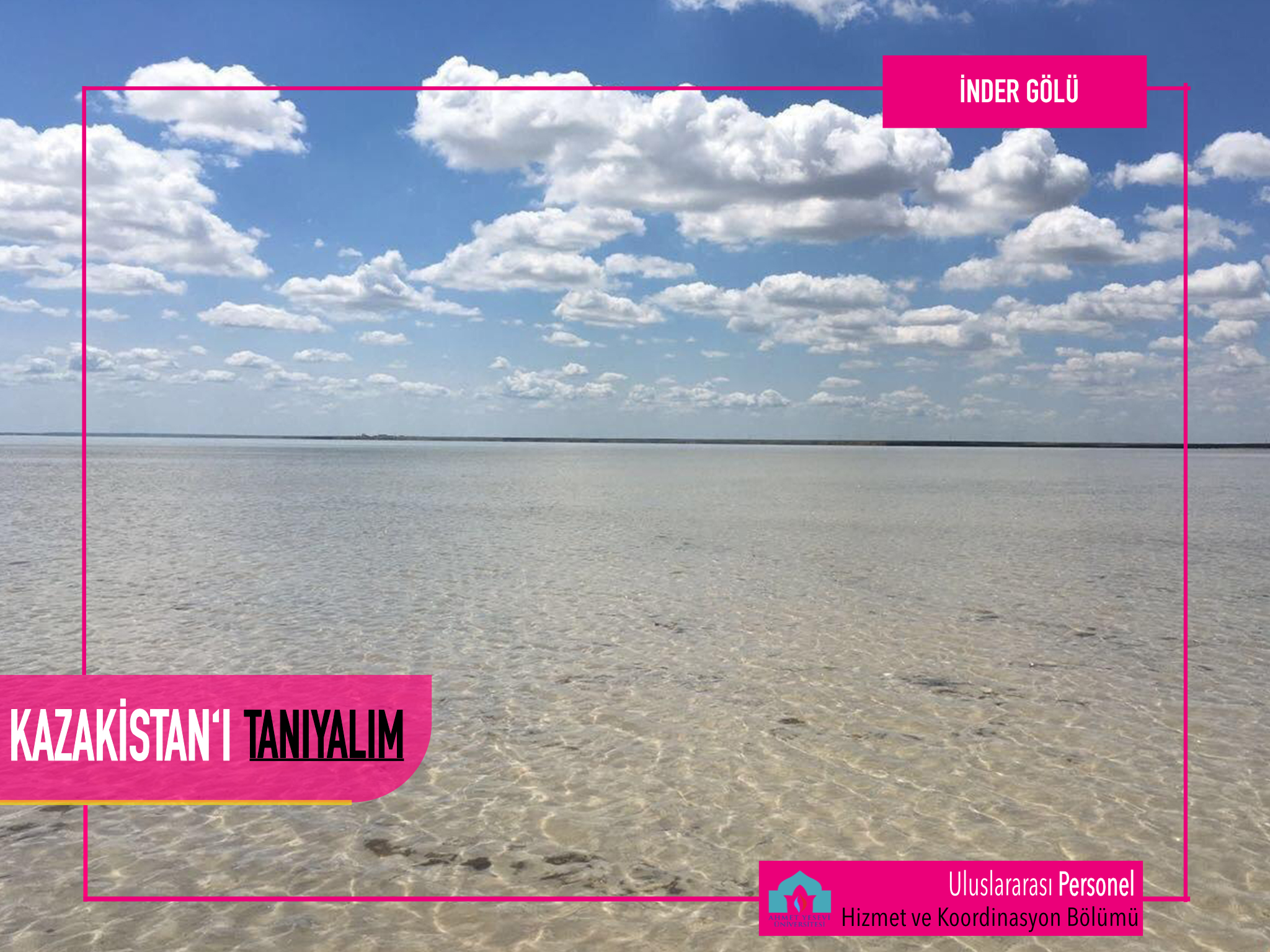
INDER LAKE
Lake Inder is the largest lake in Atyrau Province. This lake is also called Tuzdyköl, which means "Salty Lake" in Kazakh. It is 180 km from the city of Atyrau. The lake is fed not by rivers, but by underground saline springs and spring rains. In summer it is a focal point for tourists for mud baths, which are believed to be good for skin diseases. The lake is not suitable for swimming as it is very shallow. However, it attracts many visitors as it has a very impressive view with its white salt-covered surface.
Transport: The roads reaching the lake are suitable for travelling by private vehicle and can also be visited through tours.
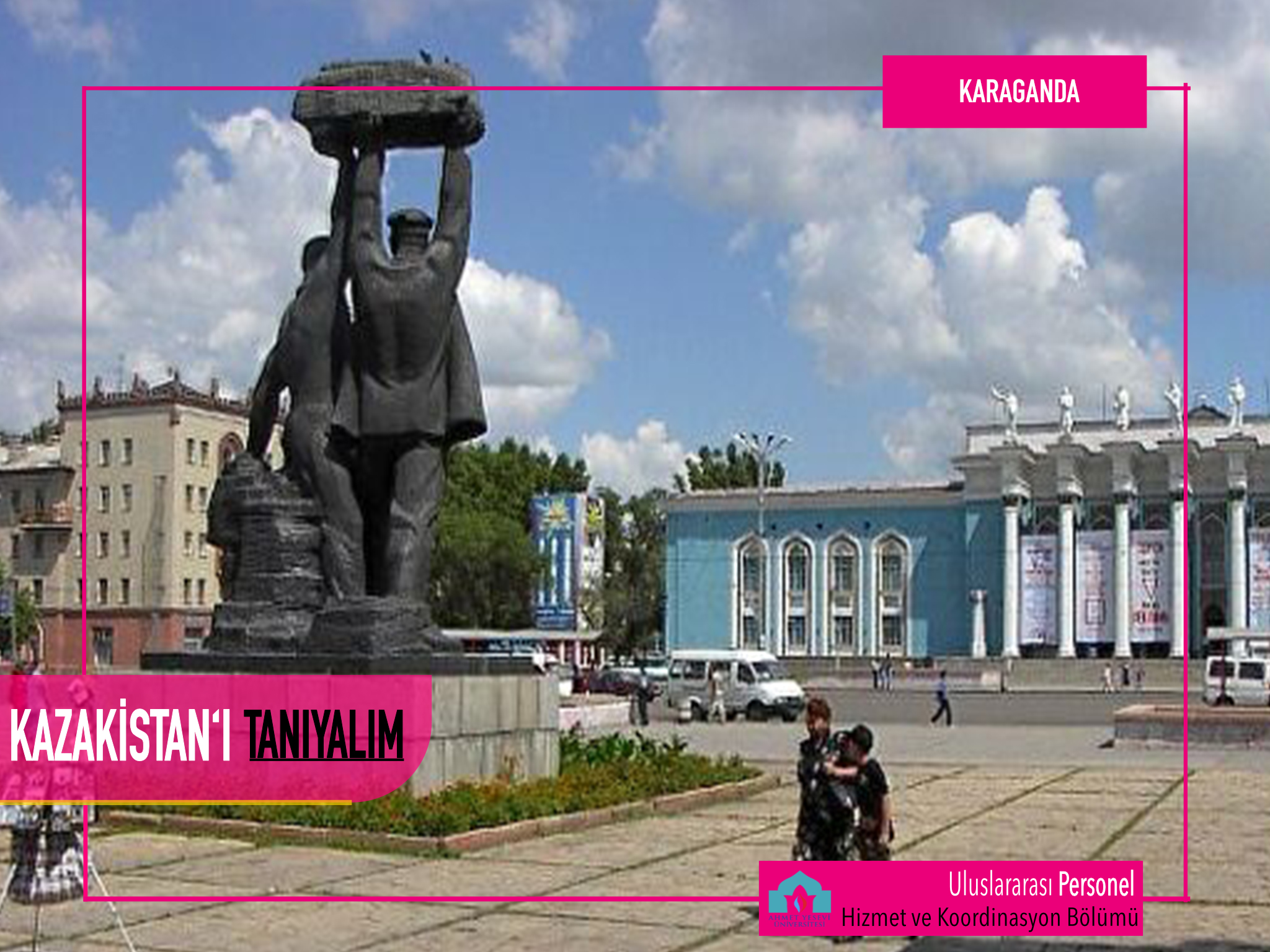
KARAGANDA
The city of Karaganda is the centre of Karaganda Province. The city of Karaganda takes its name from "Caragana arborescens", a shrubby plant that grows in the region where the city is located. It is the fifth largest city in Kazakhstan in terms of population. The city, which was opened to settlement in 1856, started small-scale coal mining in order to meet the needs of the nearby copper plant. Mining was abandoned in the 1920s. It regained importance in 1931, when the construction of railway lines was completed and it was declared one of the coal basins to meet the needs of industrial enterprises in the Urals. Today, mining still has an important place in the city's economy.
Transport : Karaganda has a central position in the railway and road networks of Kazakhstan. Sary-Arka Airport in Karaganda is 23 km from the city centre.
Places to visit in Karaganda Province:
KARLAG Museum: During the Soviet Union, a kind of judicial and execution system called GULAG was created for the rapid investigation, prosecution and isolation of political criminals. Over time, many labour camps were opened in many parts of the Soviet Union. KARLAG is one of the labour camps known as GULAG during the Soviet Union. This camp, which is now a museum, is 43 km away from the city of Karaganda. The museum exhibits photographs, letters and some personal belongings of prisoners, including torture cells and punishment cells.
Tomb of Juchi Khan: Cuci was the eldest son of Genghis Khan. Died in 1227, Juci's tomb is 50 km from Jezkazgan in Karaganda Province. The mausoleum, which is rectangular and covered with a dome, is one of the important monuments of medieval architecture.
Terekti Aulie Road: This is a region 80 km from Jezkazgan where rock carvings made in the Bronze Age are found. It is assumed that the rock carvings were made between the Bronze Age and the Middle Ages. These carvings include images of horses, camels, bulls, goats, deer, sun symbols and hunting scenes. There are also tombs dating back to the 9th and 12th centuries in the west of the region.
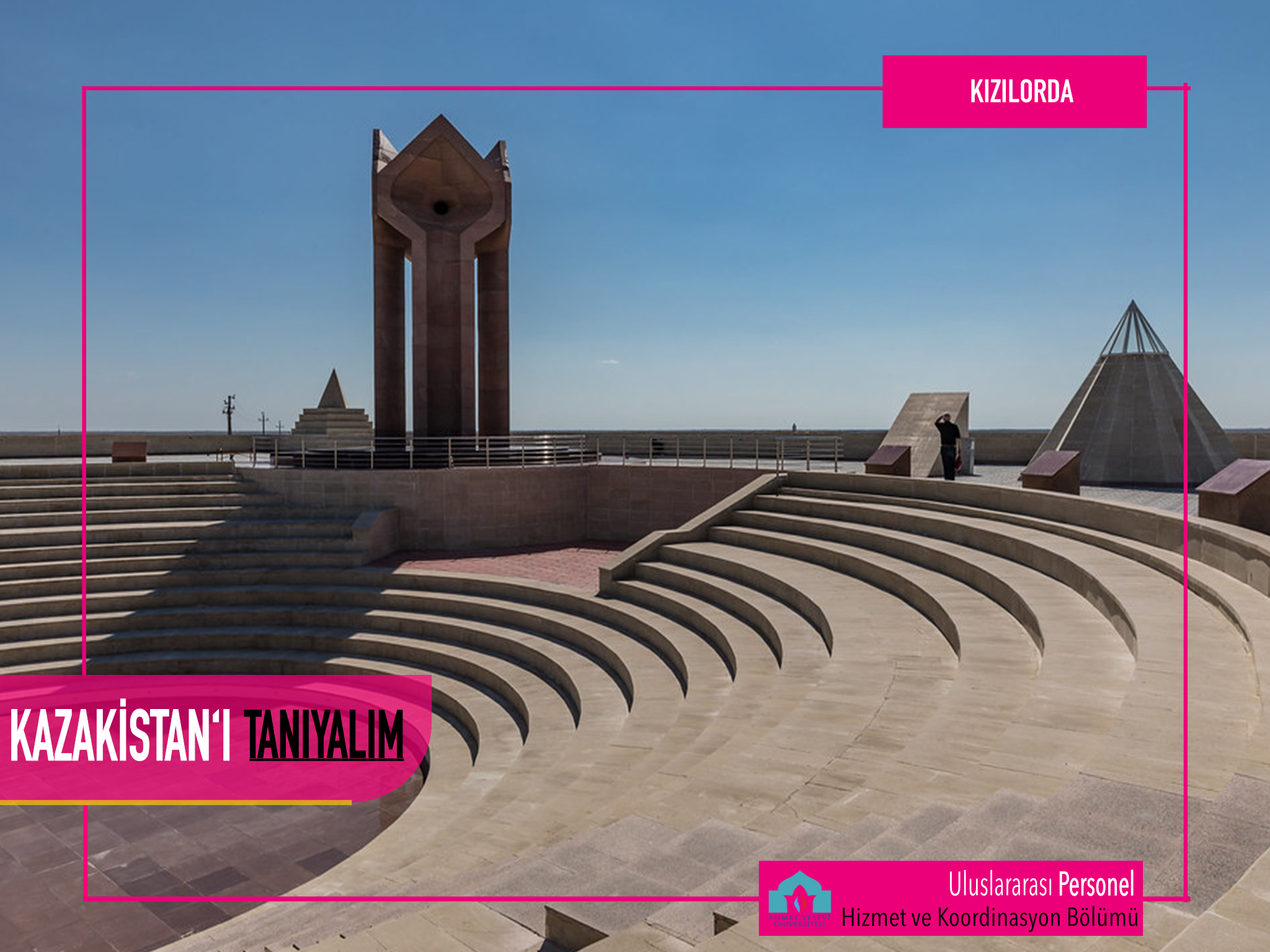
KIZILORDA
Kyzylorda Province is located in the southern part of Kazakhstan. Its capital is the city of Kyzylorda. One of the most remarkable places in Kyzylorda Province is the Baikonur Spaceport. Many important flights in the history of space studies were made from Baikonur Spaceport. The base, established in 1955, is still operating today. Baikonur Spaceport remained on the territory of Kazakhstan after the dissolution of the Soviet Union and was leased by Russia until 2050. Access to Baikonur Spaceport is subject to strict permits. Unauthorised and non-group visits are not possible. Tour agencies organise 2-3 day tours to the spaceport. In these tours, the activities of the spaceport are introduced and depending on the time of the tour, it is also possible to see the moment of rocket launch into space. The price of the tours varies between 30 thousand and 50 thousand Kazakh tenges per person depending on the service received.
One of the must-see places in Kyzylorda Province is Lake Aral. Lake Aral stands before us as a sad reminder of what can happen if we interfere with nature. Aral Lake, which started to dry up as a result of the change of the river beds feeding the lake as a result of the agricultural policies during the Soviet Union period, is far from its old days. The lake basin, which has come to the stage of extinction, has experienced one of the biggest environmental disasters of the century. Today, the shipwrecks seen in the dried parts of the lake create striking landscapes for visitors. Although efforts are being made to save Lake Aral today, the lake is still far from its former dimensions.
The most important place to see in Kyzylorda Province is Korkut Ata Monument. It is 470 km away from Turkestan city on the E-38 highway. The monument consists of four vertical steles made of reinforced concrete. Its height is about 8 metres. In the expanding upper parts of the steles there is a metal organ consisting of 40 pipes. When the wind blows, these organs produce sounds similar to the sound of kobyz. The landscaping of the monument is very impressive and the Dede Korkut Museum is located at the entrance of the monument.
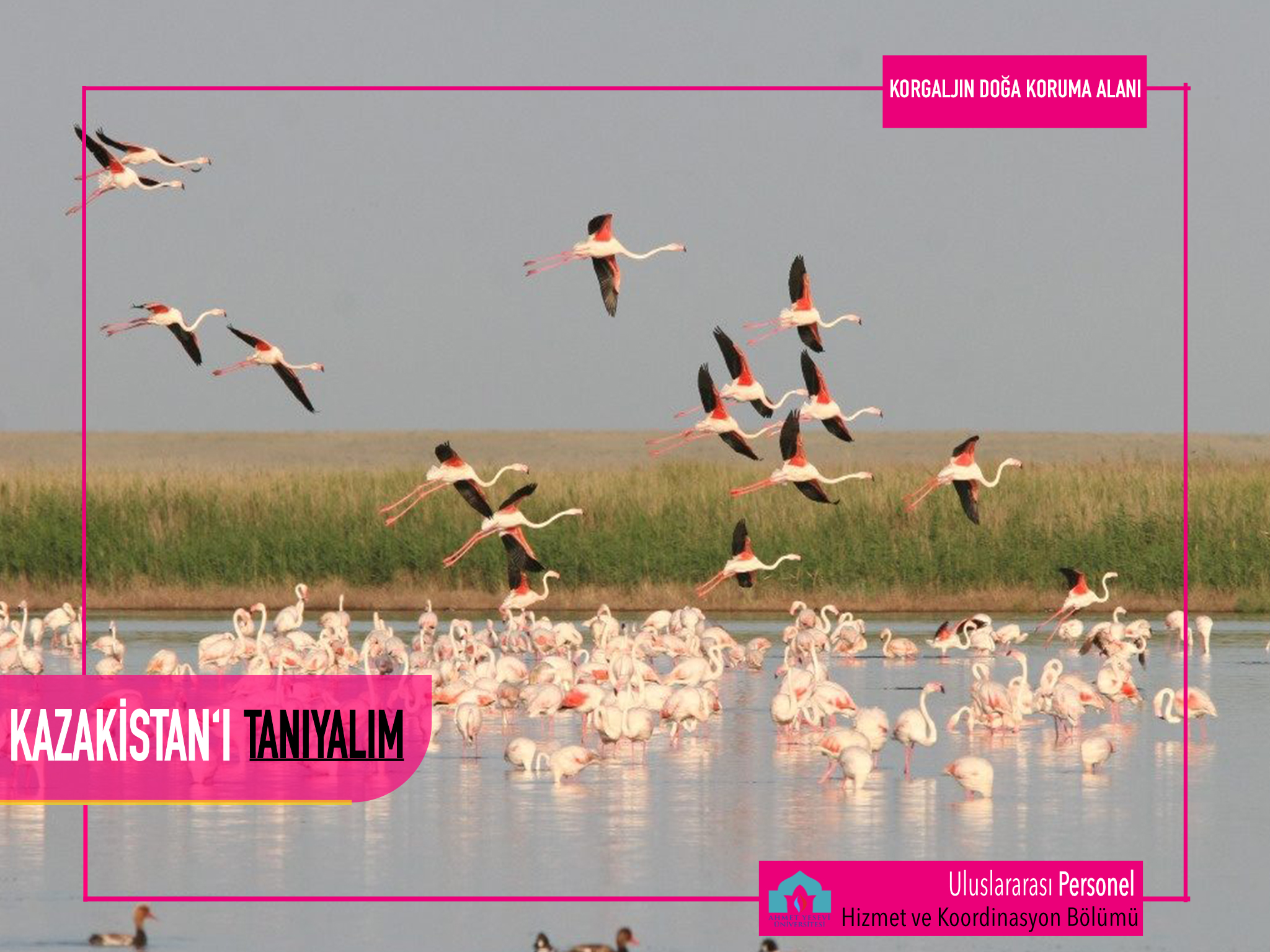
KORGALJIN NATURE RESERVE
Korgalzhyn Nature Reserve (also spelt Korgalzhyn) is a UNESCO World Heritage Site. The flamingos nesting here attract birdwatchers from all over the world. Bird watching tours are very popular due to the large population of flamingos nesting here. The best time to observe birds is spring, the nesting season, and autumn, when birds gather in large flocks to migrate to warmer climates. Korgaljyn Nature Reserve is popular for fishing in winter. Fishing is permitted in winter, as the fishermen cut holes in the ice, which prevents the fish from dying from lack of oxygen.
Korgalzyn Nature Reserve is located 130 km from the capital Nur-Sultan. It is possible to come here by private car or by tour. Tours are organised by travel agencies in Nur-Sultan and the Kazakhstan Biodiversity Conservation Association.
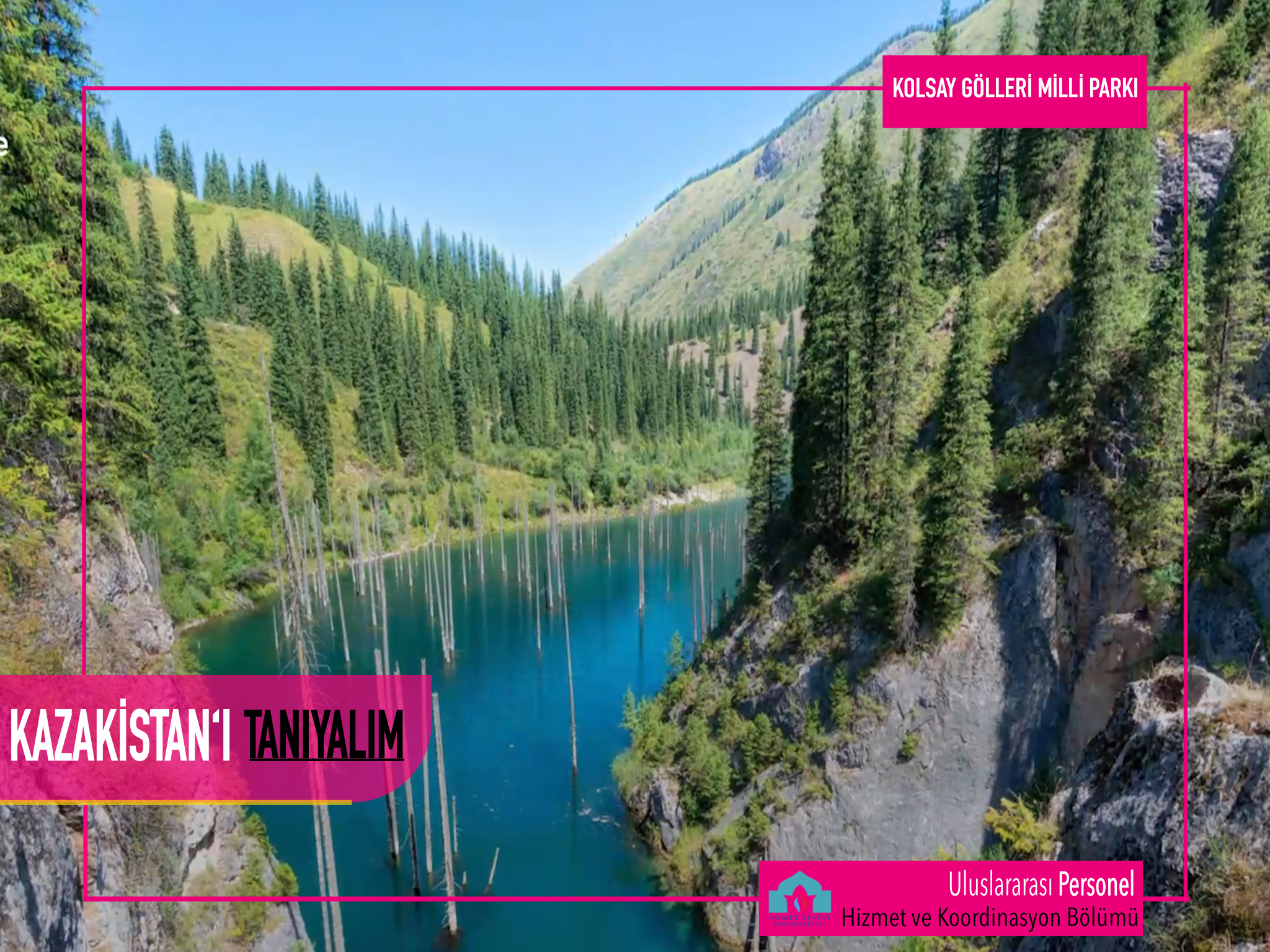
KOLSAY LAKES NATIONAL PARK
Kolsay Lakes National Park is a national park located on the northern slopes of the God Mountains in the south-east of Kazakhstan. The National Park is located approximately 120 km from Almaty. Within the boundaries of the park are Lower Kolsay Lake, Middle Kolsay Lake, Upper Kolsay Lake and Kaindy Lake.
Lower Kolsay Lake: It is a natural mountain lake formed by landslides. Lower Kölsay Lake is approximately 1 km long, 400 m wide and 80 m deep. It is accessible by road and there are guest houses and camping areas around it.
Middle Lake Kölsay: Located five kilometres above Lower Lake Kölsay, it is the largest lake among the Kölsay Lakes and reaches a depth of 50 metres.
Upper Kolsay Lake: Located six kilometres above the Middle Kolsay Lake, the lake is surrounded by pine trees and meadows. It is about 6 kilometres away from Kyrgyzstan.
Kaindy Lake: Located 11 kilometres east of the Kolsay Lakes, Kaindy Lake is situated on the banks of the Chilik River. The lake is known for its smooth reflection, turquoise colour and dead spruce tree trunks rising from the water. It was formed in 1911 as a result of a landslide caused by an earthquake.
Kölsay Lakes National Park is a highly sought-after tourist centre in Kazakhstan with its unspoilt nature. The best periods to visit the region are between April and September. Due to the difficult road conditions reaching the region, it would be better to prefer tours instead of travelling by private car. It is preferable to travel with daily tours organised by tourism agencies in Almaty.
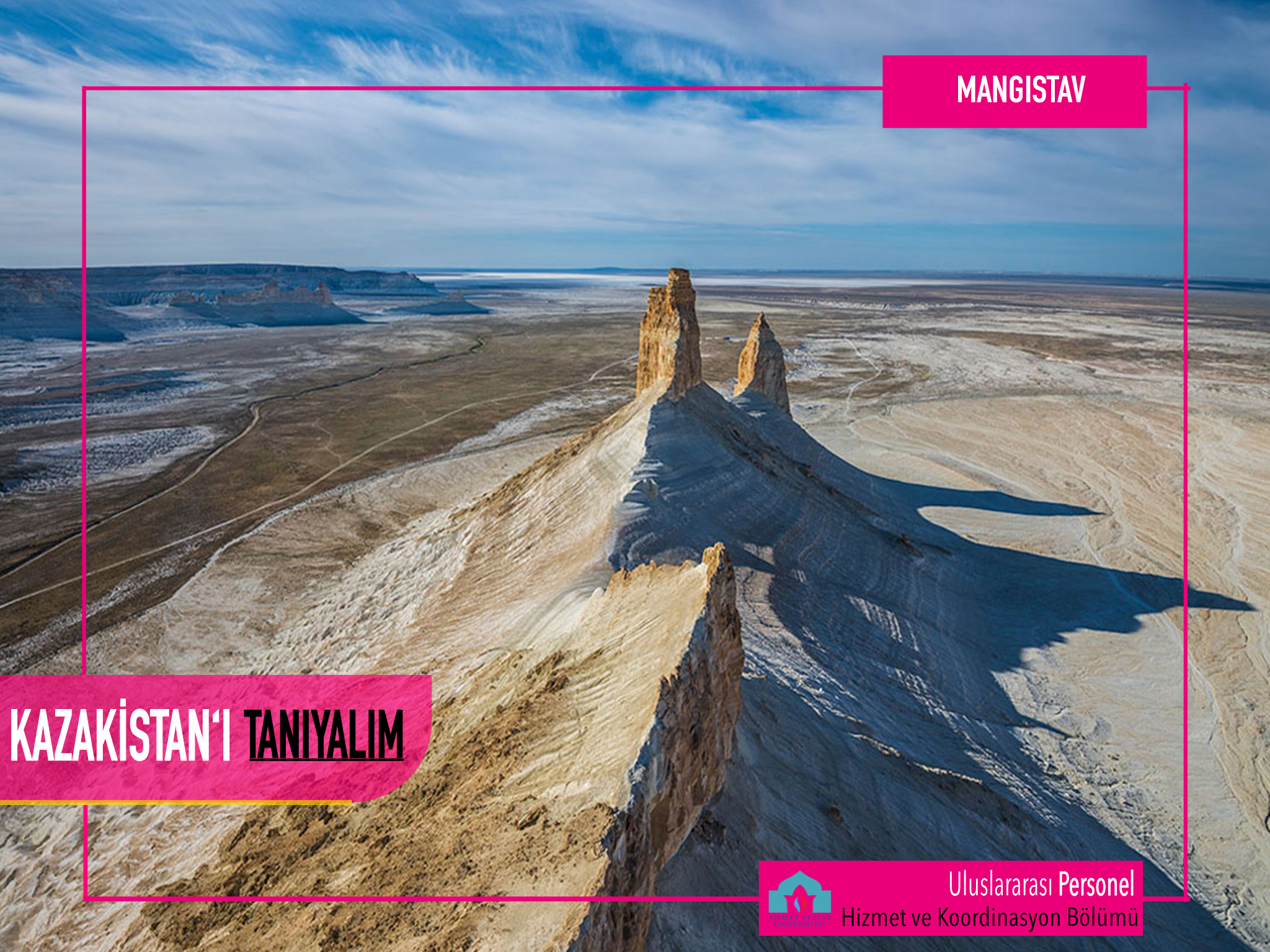
MANGISTAV
It is located in the south-west of Kazakhstan and includes the Mangyshlak Peninsula. The state has an area of 165,600 km². The capital of Mangestav Province is the city of Aktau. Aktau city was founded in 1961 after the discovery of uranium deposits in the region. From 1964 to 1991 the city was called "Shevchencko", and in 1991 it was renamed Aktau. The largest business sectors in Mangostav Province are mining and oil industry.
Places to visit in Mangestav Province:
Bozjyra: Bozjyra, sometimes spelt Boszhira, is the symbol of Mangostav Province. Bozjyra is a spectacular erosion and erosion formation located on the Ustyurt Plateau. In this region there are deserts and limestone hills over 200 metres high. Due to the fact that this area was covered by the Tethys Ocean in the Mesozoic Era, many fossilised creatures can be found here.
Mount Sherkala Mount Sherkala is a mountain formed as a result of the erosion of the land consisting of limestone and calcareous rocks over time. It attracts attention because its shape resembles tents in the form of yurts.
Sultan Epe Necropolis: Sultan Epe is a figure known as the defender of sailors in the history of Kazakhstan. Sultan Epe Necropolis is part of a complex that includes an underground mosque, numerous monuments and ancient settlements.
Shakpak Ata Cave Mosque: According to rumours, Shakpak Ata was a personage who was believed to cure diseases. This mosque, named after him, was carved into limestone rocks. The walls of the mosque, which consists of several sections, are decorated with rock carvings. Due to its unusual structure, Shakpak Ata mosque attracts many visitors.
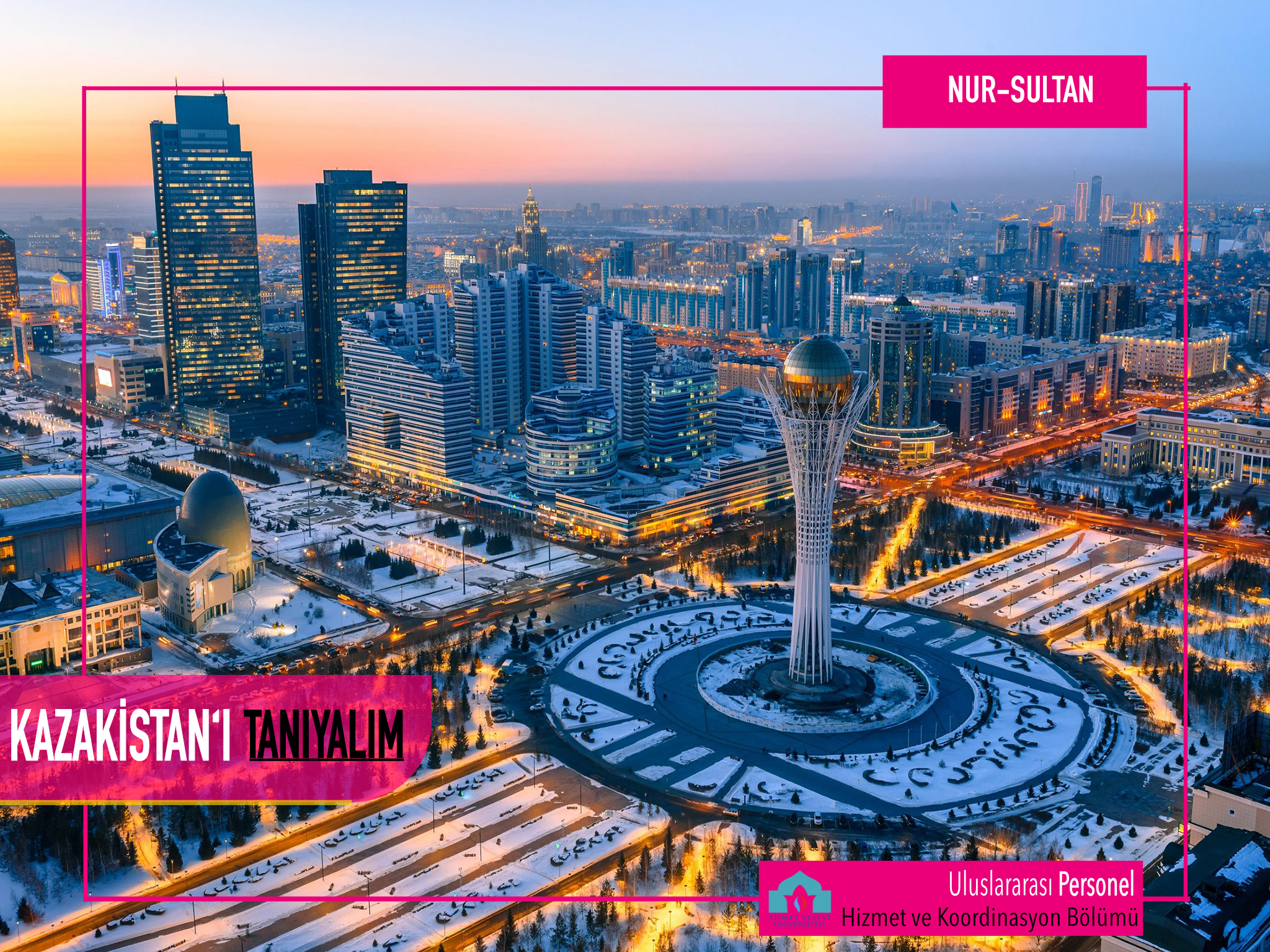
NUR-SULTAN
Nur-Sultan, formerly Astana, is the capital and second largest city of Kazakhstan. As the newest capital of the world, Nur-Sultan is planned not only as an administrative centre, but also as a city of culture and art. The city is divided into two parts by the Ishim River (also known as the Esil River), which runs through the centre of the city, and the divisions are called the right bank and the left bank. The centre of Nur-Sultan, with its wide avenues and unusual buildings, was built from scratch on the left bank of the Ishim River. The part on the right bank of the river preserves the traces of the past with its calmer atmosphere compared to the other part.
On the left bank of Nur-Sultan are the world-renowned sights of the city:
Bayterek Tower: Representing a legend about a mythical tree of life and Samruk, a magical bird, it is 97 metres high and has an observation deck at the top with a view of the entire city.
Khan Shatyr (Khan Tent) : The largest tent-shaped building in the world, Khan Shatyr is a shopping centre with restaurants, entertainment centres and an indoor beach.
Nur Alam Museum: Built in 2017 for the EXPO fair organised in 2017, this building attracts attention with its interesting architecture and serves as the Nur Alem Museum, each floor showing a different energy source.
Palace of Peace and Reconciliation: Built in the shape of a pyramid and containing a conference hall, concert hall and art gallery, this building expresses the essence of Kazakhstan, where different cultures and various nations live together in peace and harmony.
National Museum of the Republic of Kazakhstan: The largest and newest museum in Central Asia, this museum was built in honour of the First President of Kazakhstan, Nursultan Nazarbayev. Drawing attention with its technical equipment of international standards, the museum impresses its visitors with numerous media screens, holograms and other exhibition technologies.
Hazret Sultan Mosque : Hazret Sultan Mosque, known as the largest mosque in Central Asia, was built in 2012. Hazret Sultan Mosque, which attracts attention with its impressive architecture, is named after the Turkish scholar and poet Hoca Ahmed Yesevi.
Isim River The banks of the river, which divides Nur-Sultan in two, are organised as public spaces consisting of parks and walking paths for the people of the city. When the weather is favourable, boat tours are organised along the river and give the opportunity to see the city from a different perspective.
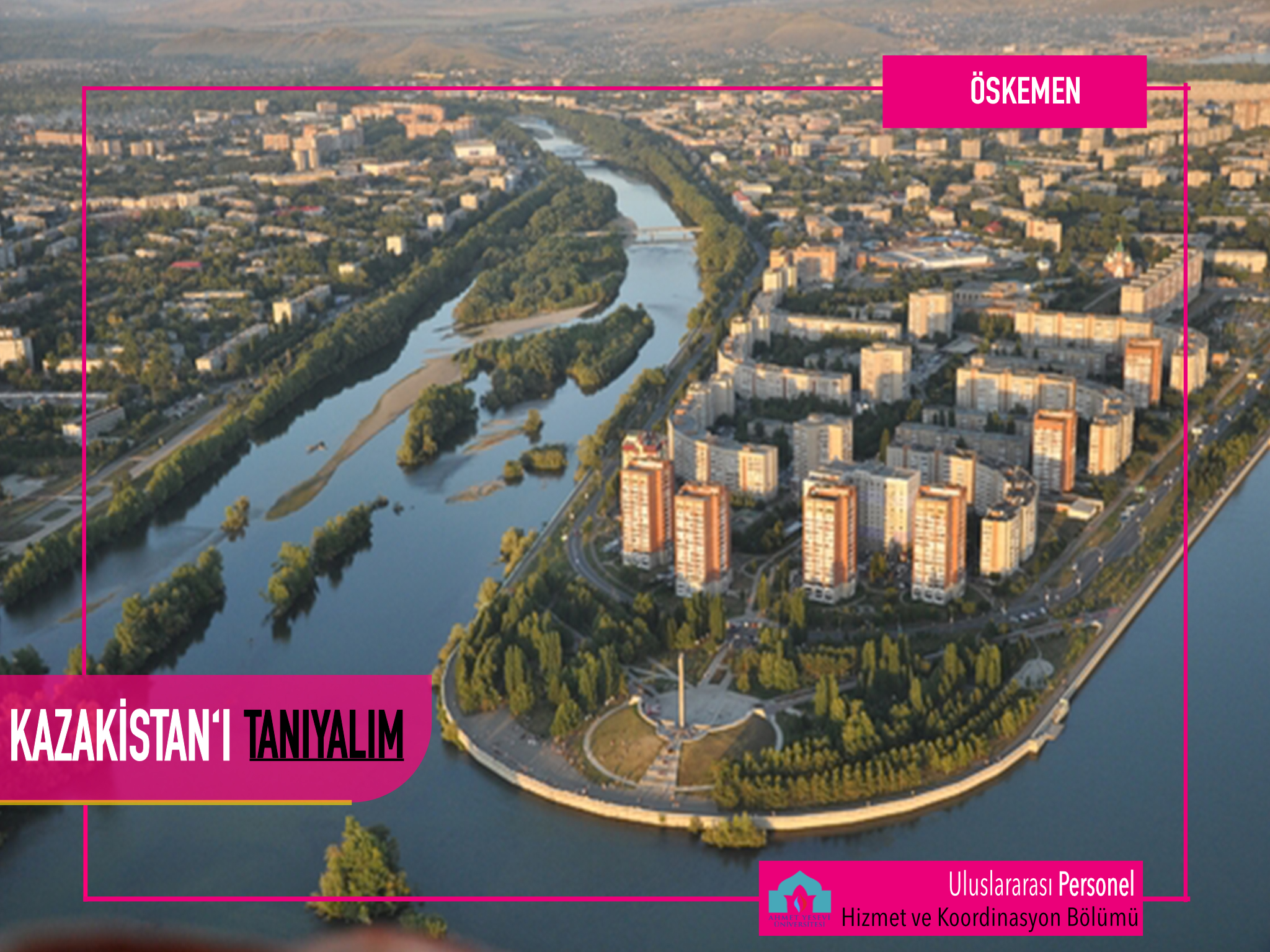
ÖSKEMEN
The city of Öskemen is the capital of the East Kazakhstan Province. It has about 330 thousand inhabitants. The economy of the city is based on mining and mineral processing industry. Located where the Ulba River and the Irtysh River meet, Öskemen is one of the most beautiful spots in the country with its mountains, forests and lakes. Airway is generally preferred when travelling to Öskemen. Öskemen Airport is located 13 km from the city.
Points to see when you come to Öskemen:
Western Altai Nature Reserve: Established in 1992, the West Altai Nature Reserve is located to the east of the town of Ridder, 128 km from Öskemen. This region consists of deciduous forests, alpine meadows, taiga and tundra. It is also home to marals, deer, roe deer, golden eagles, hawks and black storks.
Markakol Lake : Markakol Lake is a lake in East Kazakhstan and is known for its impressive view, especially at sunset and sunrise. It has crystal clear water and around it are meadows, mountains and taiga where more than 700 plant species grow. In the winter months, it is not possible to reach due to climatic conditions. However, since the weather is warm and sunny in the summer months, it will be appropriate to visit during these months. It is located 450 km from the city of Öskemen. Considering the length of the distance and road conditions, it is recommended to visit with a tour.
Katon-Karagay National Park: Established in 2001, Katon-Karagay National Park is the largest nature reserve in Kazakhstan. It covers more than 640 thousand hectares. Many animal species, including endangered animals, live in Katon-Karagay National Park. Katon-Karagay National Park is located 338 kilometres from Öskemen.
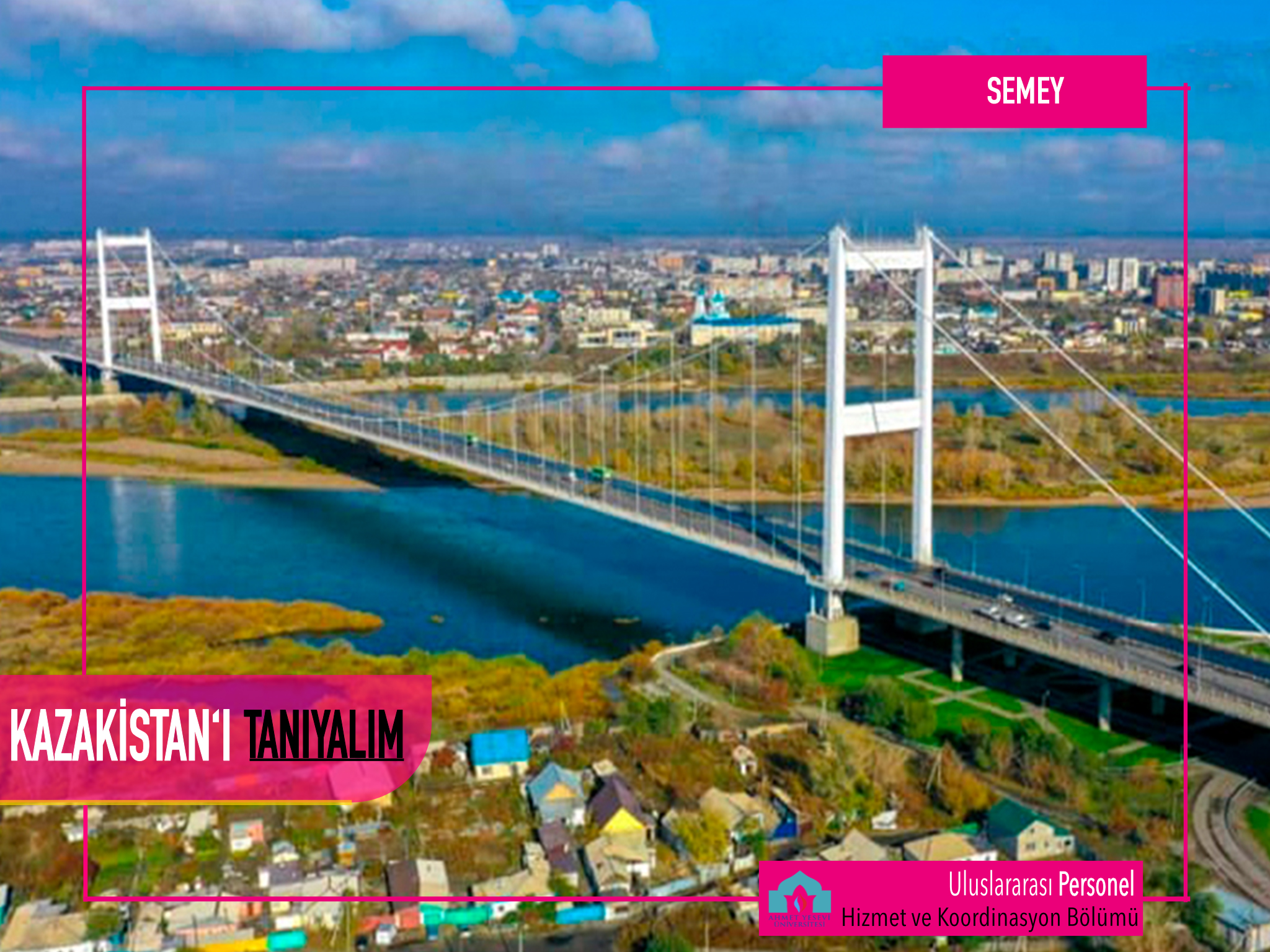
SEMEY
Semey is a city in the north-east of East Kazakhstan Province, near the Siberian border, 250 km from Öskemen, along the Irtysh River. The first settlement in the region began in 1718, when the Russians built a fortress on the banks of the Irtysh River. Semey was formerly known as Semipalatinsk. It was named after the ruins of a Buddhist monastery in the neighbourhood. Semey, which was previously a small settlement around the fortress, became an important city in the trade between Central Asia and Siberia with the construction of the Turkestan-Siberian railway. Semey is a city that has witnessed important events in the history of Kazakhstan. Semey was the capital of the Alash Orda Republic established in 1917 and the city was called Alash-kala at that time. In 1949, a polygon for the Soviet Atomic Bomb Programme was built in an area 150 km west of the city. Between 1949 and 1989, 456 nuclear tests were conducted at the Semipalatinsk Nuclear Test Range. Of these, 350 were conducted underground and 116 above ground. The city of Semey is the birthplace of Kazakh intellectuals such as Abay Kunanbayev and Shakarim Kudaiberdiev. Russian writer F. Dostoevsky also spent his years of exile here.
Places to see when you come to Semey:
Semipalatinsk Nuclear Test Range: Semipalatinsk Nuclear Test Range in Semey was the main nuclear test and research centre of the Soviet Union until 1991. The polygon, where 456 tests were carried out during its use, is also the only nuclear test site in the world that can be visited. Since special protective equipment and a guide are required when visiting, it is visited through tours.
Abay Museum : Abay Kunanbayev is one of the most important intellectuals and writers of the Kazakh people. The Abay Museum was established with the aim of transferring and promoting Abay's legacy to future generations. Located in the city centre, the Abay Museum is open every weekday between 10.00-18.00.
Dostoevsky Museum Russian writer F. Dostoevsky spent part of his exile years in Semey. The house where he stayed during his exile years is now used as a museum. Many letters of the writer and some of his personal belongings are exhibited in the museum. Dostoevsky Museum, located in the city centre, is open every weekday between 10.00-18.00.
Tomb of Abay Kunanbayev: It is located in Zhidebay, 120 km south-west of Semey. It was built in 1996 to commemorate the 150th anniversary of Abay's birth. Near the tomb is the "Museum of Central Asian Written Literature".
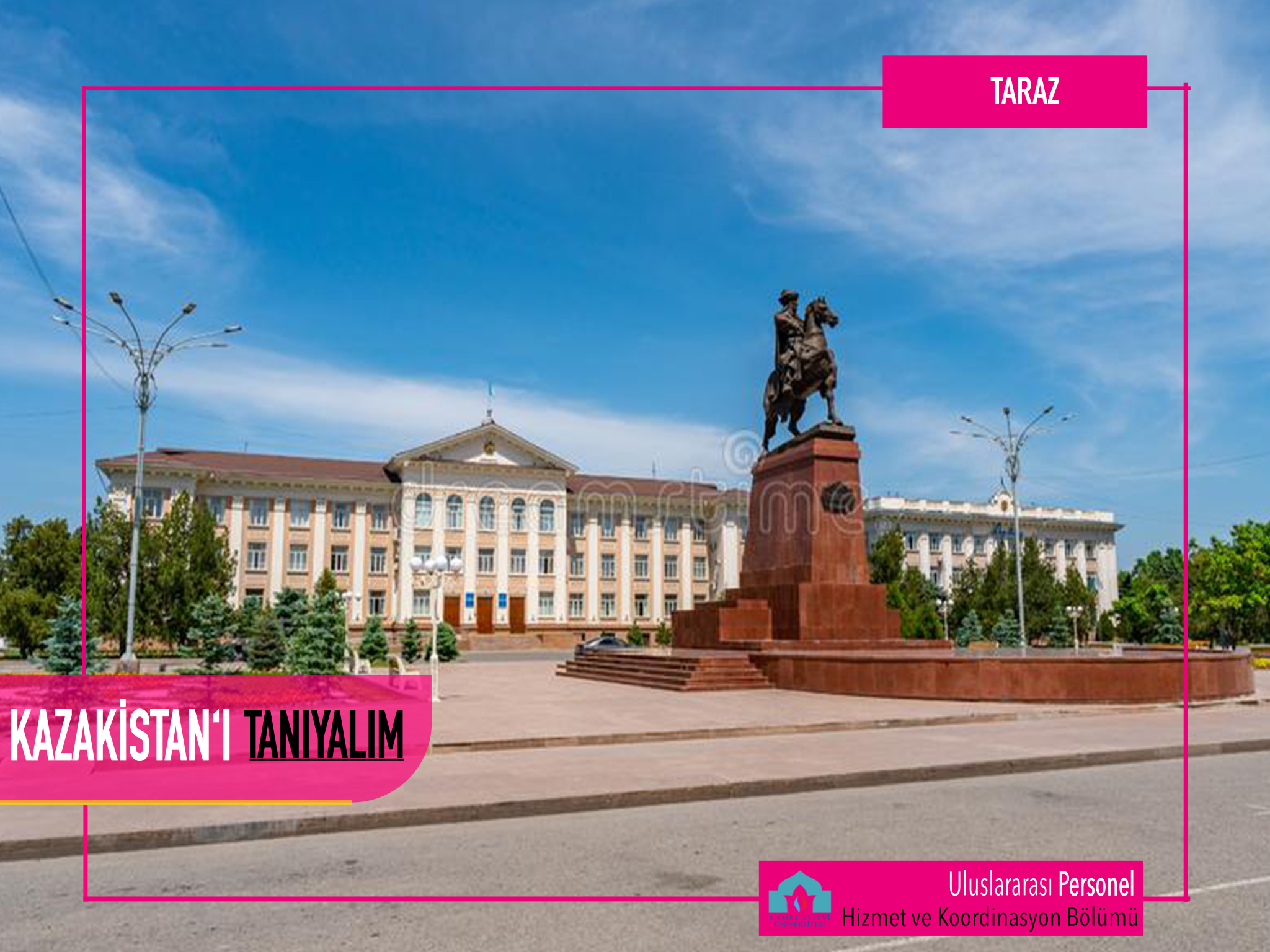
TARAZ
Taraz is the centre of Jambyl Province. It was called "Mirzoyan" between 1936-1937 and "Jambyl" between 1937-1997. In 1997, the name was changed to Taraz. Taraz is the oldest settlement in Kazakhstan. However, due to invasions, wars and natural causes, there are not many ruins left.
Places to visit when you come to Taraz:
Karahan Mausoleum: It was built in the 11th century over the tomb of Mahmud Buğra Karahan. Between 1905 and 1906, the destroyed parts of the mausoleum were repaired again and it is 4 km away from Taraz city centre.
Tomb of Aysha Bibi: In the mausoleum is the grave of Aysha Bibi, wife of Karahan. The mausoleum is 6 km away from Taraz city centre. Made of terracotta bricks, the mausoleum reflects t
